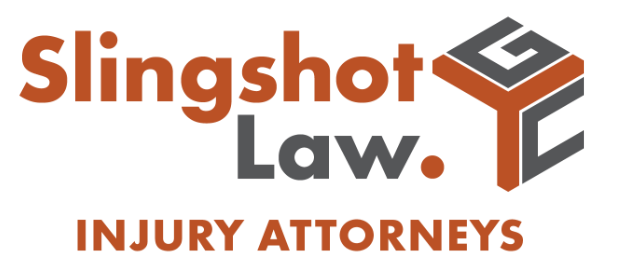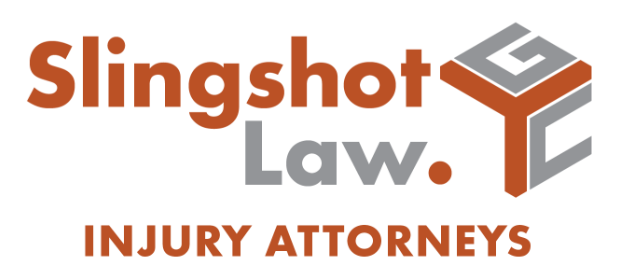Rideshare crashes involving Uber or Lyft create complex insurance questions that determine which policy pays for your injuries. At Slingshot Law, our Austin Uber and Lyft accident lawyer secures trip data, app status records, and driver logs that prove which coverage period applied at crash time while insurance carriers evaluate liability and policy limits.
Passengers injured during rides, pedestrians struck by rideshare vehicles, and drivers hit by Uber or Lyft operators face layered insurance policies that change based on app status. We preserve evidence that establishes app status, driver duty, and coverage tier. While you focus on recovering, we coordinate with Uber and Lyft to obtain trip records, download in-app communications, and secure witness statements proving the driver’s status at impact.
Don’t wait to get started on your Austin rideshare accident claim. Call us now for a free case review at (866) 647-1311.
Key Takeaways for Austin Uber and Lyft Accident Claims
- App status at crash time determines coverage tier: drivers logged off, waiting for requests, en route to pickups, or actively transporting passengers trigger different insurance policies
- Uber and Lyft provide up to $1 million liability coverage when drivers transport passengers or travel to pickups, but only contingent coverage when waiting for requests
- Trip data from rideshare apps proves driver status, route, and timeline that insurance companies cannot dispute
- Texas proportionate responsibility rules reduce recovery by your percentage of fault, making early investigation critical
- Slingshot Law works on contingency—you pay nothing unless we recover compensation
Choosing Slingshot Law for Your Austin Rideshare Accident Case
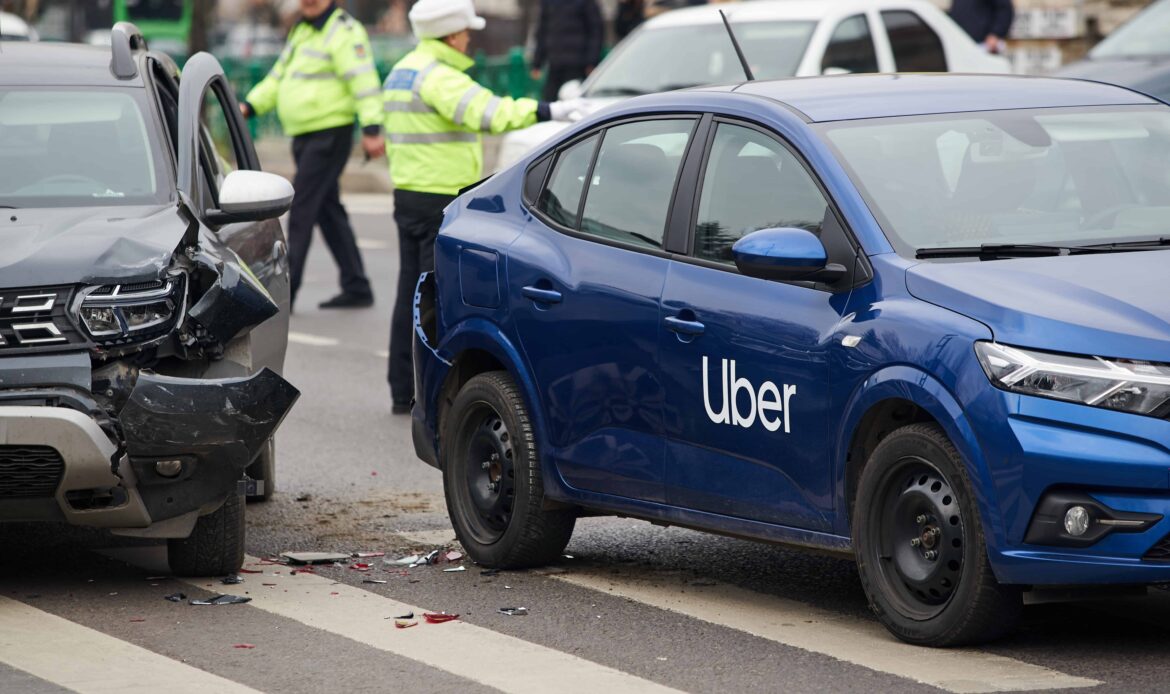
Rideshare accident cases require immediate evidence preservation and knowledge of transportation network company (TNC) insurance structures that separate adequate representation from results that address medical costs and lost income.
Securing Trip Data Before It Disappears
Uber and Lyft store trip data, GPS routes, timestamps, and driver communications that prove app status at crash time. We submit preservation requests immediately, preventing companies from archiving or deleting records. This data establishes which coverage period applied and prevents insurers from disputing driver status.
Multi-Party Liability Investigation
Rideshare crashes often involve multiple potentially liable parties, including rideshare drivers, other motorists, vehicle owners, and the rideshare companies themselves. We investigate parties, identifying insurance policies that may be applicable. Crashes caused by drunk drivers, distracted motorists, or vehicles with mechanical defects could create additional defendants and coverage sources.
Trial Preparation for Disputed Claims
Insurance carriers may be aware of which firms settle cases quickly and which prepare them for trial. When warranted, we coordinate with accident reconstructionists and medical experts to establish fault and assess injury severity. This preparation convinces adjusters that proceeding to trial costs more than fair settlement offers.
Our Austin trial team has recovered significant verdicts and settlements in rideshare collision cases throughout Travis County. When settlement negotiations stall or offers remain inadequate, we are prepared to proceed to litigation.
Contingency Fee Structure
Rideshare accident cases sometimes require investment in accident reconstruction, medical records, and expert testimony. We advance these costs without requiring upfront payment. Families managing medical bills and lost income should not also finance litigation costs.
Our contingency-fee structure means we recover expenses only if we win compensation through settlement or verdict. Contact us now to schedule a free case consultation: (866) 647-1311.
Rideshare Insurance Coverage in Austin
Rideshare insurance operates differently from standard auto policies. Coverage depends on the driver’s app status and activity at the time of the crash. These “periods” determine which insurer pays your claim.
Period 0: App Off
When rideshare drivers are logged out of Uber or Lyft apps, their personal auto insurance applies. These crashes get treated like standard car accidents. The driver’s personal liability limits determine available compensation.
Many personal policies exclude coverage for commercial activity, creating disputes about whether the driver was truly off-duty.
Period 1: App On, Waiting for Requests
Drivers logged into apps but not yet matched with passengers operate under contingent liability coverage. Uber and Lyft provide limited coverage during this period. Typically $50,000 per person and $100,000 per accident for bodily injury, plus $25,000 for property damage. This contingent coverage generally serves as secondary or excess insurance.
This coverage usually applies if the driver’s personal auto insurance denies or excludes the claim, which often happens because many personal policies do not cover commercial use, such as ridesharing.
Period 2: En Route to Pickup
Once drivers accept ride requests and travel toward passenger pickup locations, Uber and Lyft’s commercial policies activate. These policies provide up to $1 million in liability coverage for injuries to passengers, other drivers, pedestrians, and cyclists.
Uninsured/underinsured motorist coverage up to $1 million also applies, protecting passengers when other drivers lack adequate insurance.
Period 3: Passenger On Board
While transporting passengers, the same $1 million commercial policy remains active. This coverage continues until passengers exit vehicles and trips end in the app.
Claims during this period typically access the highest available coverage limits.
Common Causes of Uber and Lyft Accidents in Austin
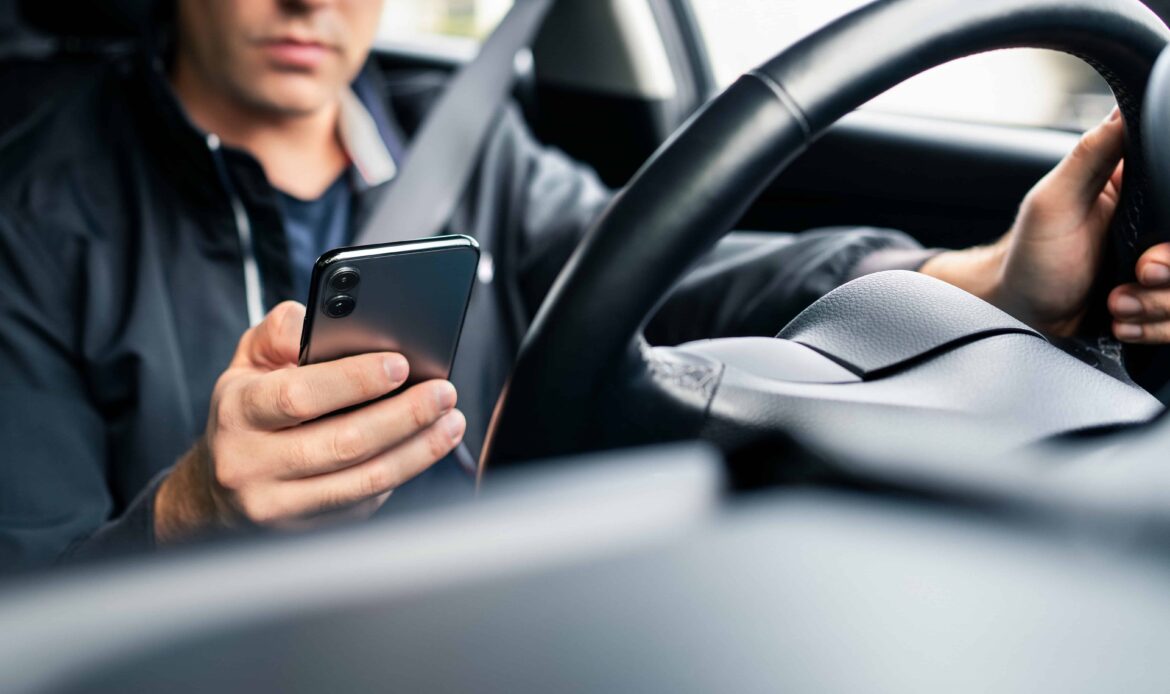
Rideshare drivers face unique pressures that contribute to Austin crashes on I-35, MoPac, US 183, and throughout Downtown and the University of Texas campus area. How crashes occurred, in addition to when they happened, help prove who is liable for your injuries.
Distracted Driving
Rideshare drivers constantly interact with apps for navigation, ride requests, and passenger communications. Checking phones for new requests, following GPS directions, and communicating through in-app messaging diverts attention from traffic. These distractions cause drivers to miss signals, drift across lanes, or rear-end stopped vehicles.
Driver Fatigue
Many rideshare drivers work extended hours across multiple platforms to maximize earnings. Some drive overnight shifts after working day jobs. Fatigue slows reaction times, impairs judgment, and causes drivers to fall asleep behind the wheel. Cell-phone records and trip logs establish hours behind the wheel.
Aggressive Driving and Speeding
Rideshare driver earnings depend on completed trips. Pressure to accept more requests and reduce trip times encourages speeding, aggressive lane changes, and rushing through yellow lights. These behaviors increase crash severity and create clear liability.
Inexperienced Drivers
Uber and Lyft allow drivers with minimal experience to transport passengers. New drivers unfamiliar with Austin traffic patterns, highway merging, or congested intersections make poor decisions that cause preventable collisions.
Impaired Driving
Despite background checks, some rideshare drivers operate vehicles while impaired by alcohol, drugs, or medications. Police reports documenting field sobriety tests, breathalyzer results, and blood alcohol content establish impairment and create additional liability claims.
Building Strong Rideshare Accident Claims
Insurance adjusters challenge app status, dispute coverage periods, and minimize injury severity. Our rideshare accident lawyers address these challenges through comprehensive evidence gathering.
Evidence our rideshare accident lawyers identify and gather may include:
- Uber and Lyft trip data, GPS routes, and app status records
- Austin Police Department or Texas DPS crash reports
- Dash-cam and traffic-camera footage
- Witness statements collected promptly
- Cell-phone records proving distraction
- Medical records, diagnostic imaging, and treatment documentation
- Vehicle damage photographs and repair estimates
Comprehensive evidence is crucial to addressing all adjuster challenges. You need to prove the extent of your injuries, how they happened, and who is responsible.
Injuries in Austin Uber and Lyft Accidents
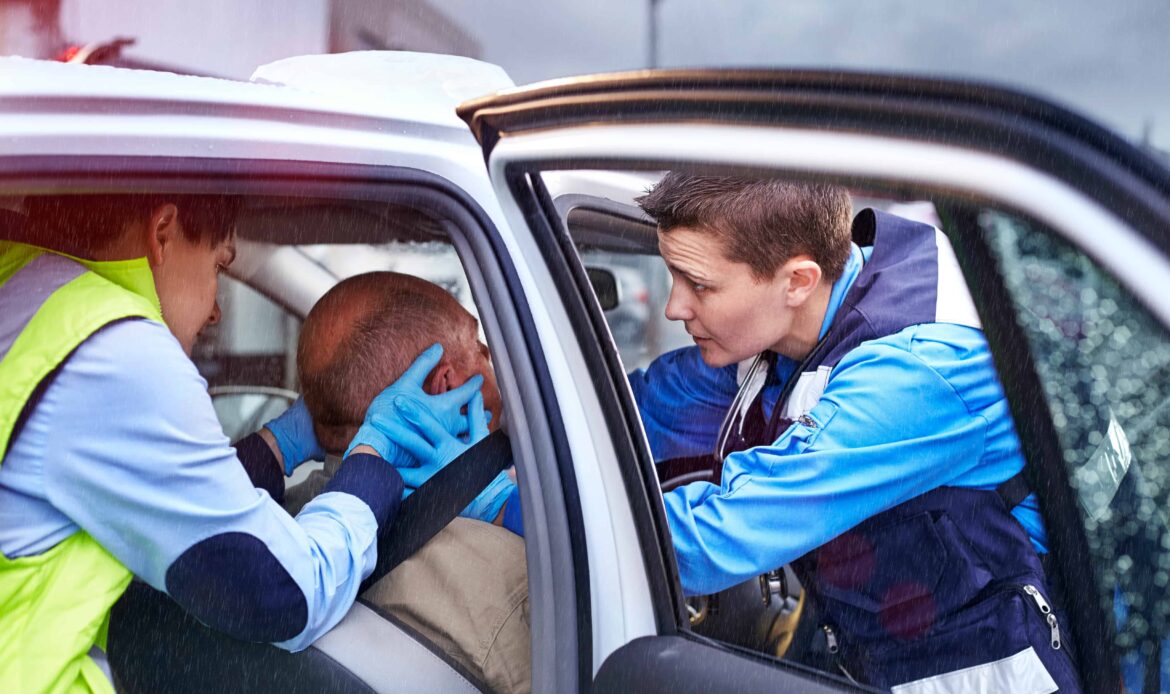
Rideshare crashes cause injuries ranging from soft-tissue strains to catastrophic trauma requiring surgery and long-term rehabilitation.
- Neck and spine injuries, including whiplash and herniated discs, cause headaches, reduced mobility, and chronic pain. MRI imaging reveals damage invisible on X-rays.
- Fractures and broken bones in arms, legs, ribs, and facial structures result from impact forces. Compound fractures require immediate surgical intervention.
- Head and brain injuries, including concussions and traumatic brain injuries, cause cognitive deficits, memory problems, and personality changes. Neurological testing documents permanent impairment.
- Internal injuries to organs require emergency intervention. CT scans document damage demanding immediate surgical treatment.
- Lacerations and soft-tissue damage from broken glass cause cuts requiring stitches, scarring, and potential nerve damage.
Passengers lack seat belt use at higher rates than personal vehicle occupants. Rear-seat passengers face particular injury risk in T-bone collisions. Pedestrians and cyclists struck by rideshare vehicles suffer severe trauma from direct impact forces.
Compensation in Uber and Lyft Accident Cases
Texas law permits recovery for both economic and non-economic losses in rideshare accident claims.
Economic Damages
Economic damages compensate measurable financial losses:
- Past and future medical expenses, including emergency care, hospitalization, surgery, physical therapy, and ongoing treatment
- Lost wages from missed work during recovery documented through employer statements
- Diminished earning capacity when injuries prevent returning to prior employment
- Property damage for vehicle repair or replacement
- Rental car expenses during repairs
Non-Economic Damages
Non-economic damages address intangible harm:
- Pain and suffering from physical injuries and reduced quality of life
- Mental anguish, including anxiety and depression
- Physical impairment limiting mobility and daily activities
- Disfigurement from visible scarring
Claim value varies based on the specific circumstances of each case, including the severity of your injuries, the clarity of fault, and the insurance coverage available through the rideshare company and other parties.
Texas Proportionate Responsibility
Texas Civil Practice & Remedies Code § 33.001 applies proportionate responsibility in personal injury cases. If a jury assigns you partial fault, your recovery reduces by that percentage. Assignment of more than 50 percent fault bars recovery entirely.
Defense attorneys might argue that passengers distracted the driver, failed to wear their seatbelts, or contributed to the crashes. Early investigation documents the at-fault party’s violations while preserving evidence establishing your reasonable conduct.
Determining Liability in Austin Rideshare Crashes
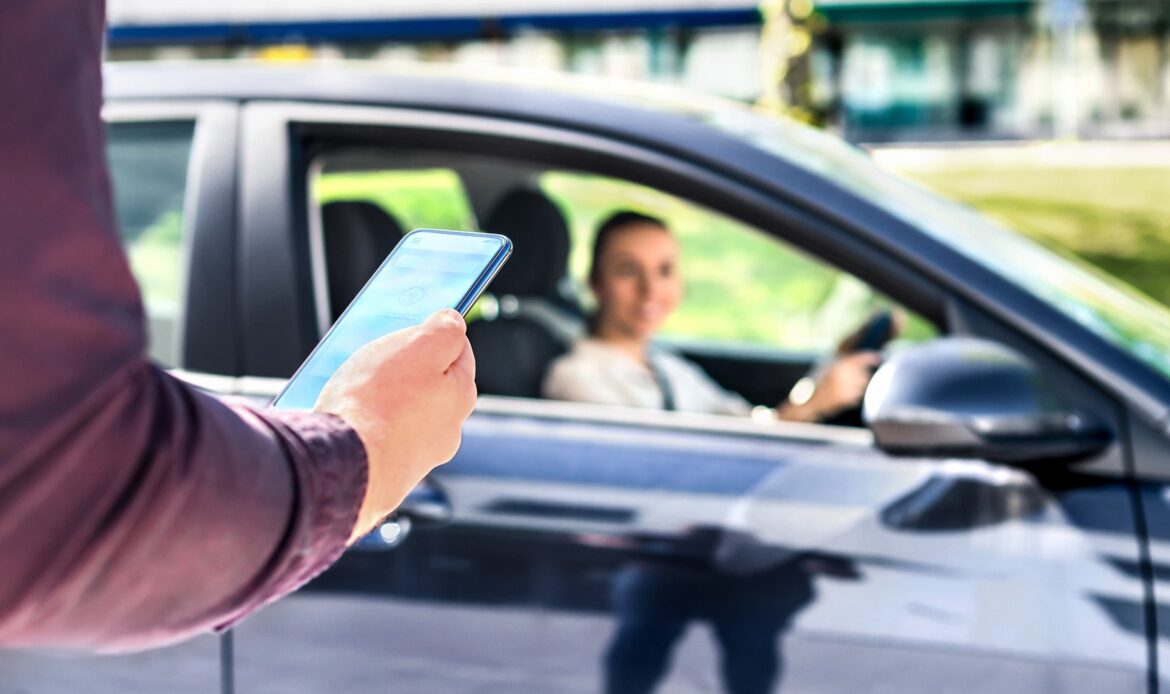
Multiple parties may bear liability in Uber and Lyft accidents, creating complex insurance negotiations.
Rideshare Driver Negligence
Drivers who cause crashes through distraction, fatigue, speeding, or impairment face personal liability. Their insurance provides primary coverage.
Other Driver Fault
When third-party drivers cause crashes involving rideshare vehicles, their liability insurance pays damages. Uber and Lyft’s uninsured/underinsured motorist coverage may provide additional compensation when other drivers lack adequate insurance.
Rideshare Company Liability
While Uber and Lyft structure operations to limit direct liability, their insurance policies cover driver negligence during covered periods. We can pursue claims against these commercial policies when drivers operated within covered activities.
Vehicle Owner Liability
Rideshare drivers sometimes operate vehicles they don’t own. Vehicle owners may face liability when they allow uninsured or incompetent drivers to operate their cars. We investigate ownership and pursue available policies.
Steps to Take After an Austin Uber or Lyft Accident
Actions taken after rideshare crashes shape claim outcomes and settlement prospects.
- Seek medical evaluation. If you have not already, see a doctor. Internal injuries and concussions may not produce immediate symptoms. Emergency departments provide CT imaging and examination documenting injuries before symptoms worsen.
- Report the crash through the rideshare app. Uber and Lyft require in-app incident reports. This creates official records and triggers insurance claim processes. Complete this as soon as you’re able, even from the hospital.
- Obtain the police report. Austin Police Department crash reports are available at APD headquarters at 715 E 8th Street or through online systems. Texas Department of Public Safety handles highway crashes. Request a copy for your records.
- Preserve all receipts and records. Save medical bills, pharmacy receipts, therapy invoices, and wage-loss statements from employers. Photograph any visible injuries and their progression during recovery.
- Do not give recorded statements to adjusters. Texas law does not require cooperation with insurers before litigation. Politely decline and refer them to your attorney.
- Contact an Austin Uber and Lyft accident lawyer immediately. Slingshot Law gets to work immediately. We preserve trip data, secure app records, and coordinate medical documentation while you focus on recovery.
FAQ for Austin Uber and Lyft Accident Lawyer
Who Pays Medical Bills Before Settlement?
Medical providers typically bill health insurance, which pays, subject to subrogation rights requiring reimbursement from settlements. If you lack health insurance, some providers accept liens, agreeing to wait for payment until cases resolve.
Can I Sue Uber or Lyft or Only the Driver?
Uber and Lyft structure operations to limit direct liability, but their insurance policies cover driver negligence during covered periods. While you can technically sue Uber or Lyft, most claims instead pursue these commercial insurance policies rather than suing the companies directly.
How Long Do I Have to File a Claim in Texas?
The Texas statute of limitations allows two years from the crash date. Filing promptly preserves evidence and prevents defendants from raising statute defenses.
Do I Need a Lawyer if the Rideshare Insurer Already Called Me?
Yes. Insurance adjusters contact victims quickly to obtain recorded statements minimizing injuries or accepting partial fault. Attorneys protect your rights and handle insurance company communications.
How Much Is My Uber or Lyft Claim Worth?
Claim value depends on injury severity, medical expenses, lost wages, permanency of impairment, and available insurance coverage. Life-care plans and economic analyses may be needed to help quantify future losses that adjusters exclude from early offers.
Contact Slingshot Law’s Austin Uber and Lyft Accident Lawyer

Rideshare accidents create insurance complexities that determine whether you access personal policy limits or $1 million commercial coverage. While you focus on medical treatment and recovery, insurance companies focus on minimizing what they pay.
Trip data, app records, and driver logs disappear or become harder to obtain over time. Early action strengthens every case element.
Call (866) 647-1311 for a free case review to discuss your Austin Uber or Lyft accident claim. We advance all case expenses and recover fees only if we win compensation.
Let our rideshare accident attorneys handle evidence preservation, coverage analysis, and settlement negotiations while you focus on healing and returning to normal routines.
Austin Office
Address: 1802 Lavaca St, Austin, TX 78701
Phone: 866-647-1311
